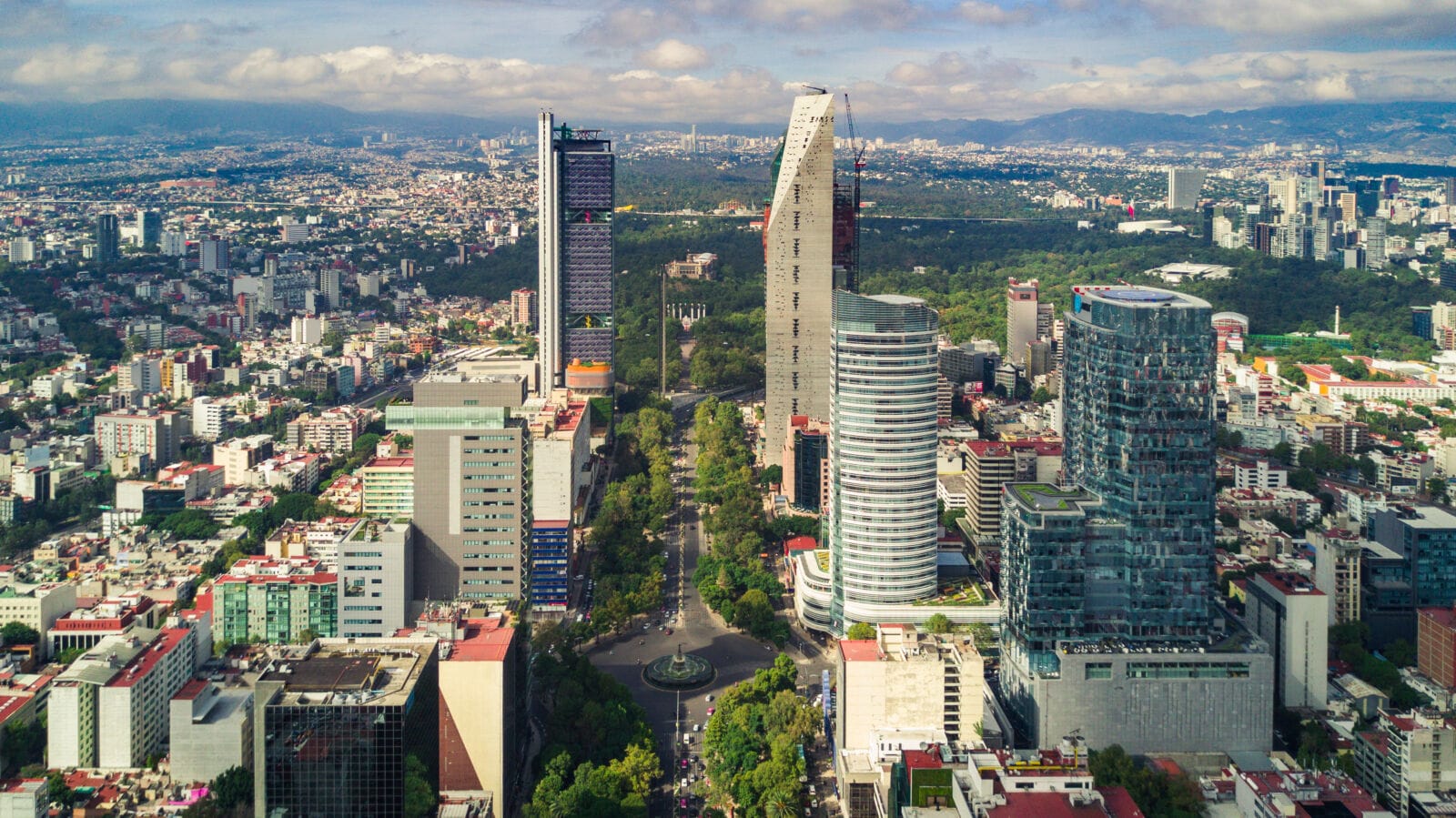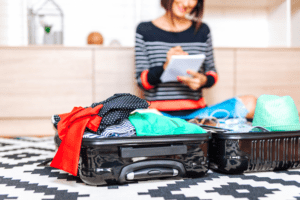Mexico City wakes up to dogs in parks, busy streets and commuters streaming past murals. In that everyday rhythm, the question “how safe is Mexico City” makes sense—and the honest answer is: it’s a big city with pockets that feel different block to block, where smart choices make a noticeable difference.

You’ll hear a range of opinions, and most of them are shaped by where people stayed and how they moved around. If you’re planning soon, start by locking in flights and building an itinerary around well‑connected areas. For deals, many travelers search for cheap flights to Mexico City and arrive at AICM (MEX), then keep transfers simple with rideshares.
Safety snapshot: how it really feels on the ground
Visitors usually experience CDMX as energetic and manageable, with the typical “big city rules” in play: stay aware, avoid flashing valuables, choose registered transport, and stick to familiar areas after dark. Ask locals and hotel staff about current events or protests—these are common and mostly peaceful, but they can impact traffic and crowd levels.
So, is Mexico City safe? This question doesn’t have a one‑word answer. Think of it like Los Angeles or New York: some areas are excellent for tourists, others are more residential, and a few have persistent petty crime. Police presence is strong in main tourist corridors, and rideshares are widely used day and night. If you’re solo, choose bright, busy streets, and when in doubt, call a car.
Quick reality check
- Daytime in central, well‑known neighborhoods feels straightforward for most travelers.
- Nightlife is better with friends, rideshares, and a plan to get home.
- Markets are fantastic but keep phones in front pockets or zipped bags.
- Big events and marches happen; monitor maps and follow local guidance.

Getting around without stress
Public transport is extensive and affordable, but it’s crowded at rush hour. Rideshare apps (Uber, Didi, Cabify) are reliable door‑to‑door options, especially late. ATMs inside banks are safer than standalone units. If you’re driving, use toll roads and guarded parking; if you’re walking, favor well‑lit avenues over empty shortcuts.
Street‑smart moves that work:
- Order rides at your door; verify plate and driver in the app before getting in.
- Keep a small crossbody with a zipper; carry only what you need that day.
- Photograph your passport and keep the original secured at the hotel.
- Skip flashy watches; split cards/cash in two places.
- Learn basic Spanish phrases for directions and help.
Neighborhood guide for first‑timers
Choosing the right base makes the city feel simpler from day one. Polanco, Condesa, Roma, Reforma, Coyoacán, and parts of Juárez are popular for their walkability, dining, parks, and boutique hotels. The Historic Center is stunning by day—just be mindful near its edges.
Where to stay in Mexico City for a first visit? Aim for a hotel near tree‑lined avenues and metro stations, with 24/7 reception and good reviews for safety and noise. From there, you can reach museums and food spots without long commutes.
Polanco
Upscale retail, top restaurants, wide sidewalks, and quick access to Chapultepec Park and museums.
Condesa & Roma
Leafy streets, coffee shops, galleries, and nightlife. Great by day; at night, plan rides back.
Reforma & Juárez
Business‑hotel corridor with major chains, broad avenues, and easy transport.
Coyoacán
Quieter vibe, cobblestones, Frida Kahlo’s Casa Azul, craft markets—best enjoyed by day.
Centro Histórico (core)
Cathedrals, palaces, and classic cantinas. Stay central; avoid drifting north/east/south into rougher pockets.
Things you can enjoy with peace of mind
The city lends itself to slow exploring: parks, museums, food halls, and short rides between neighborhoods. If you’re planning what to do in Mexico City, balance famous spots with easy wins nearby to cut travel time.
- Morning jog or bike in Chapultepec, then museums (Anthropology, Tamayo, Jumex)
- Street food tours in Roma/Condesa; book reputable operators
- Lucha libre with a guided group for tickets and transport
- Xochimilco’s trajinera rides on weekdays; go with a group and a set price
- Weekend markets: La Ciudadela (crafts), San Juan (gourmet), Coyoacán (plazas)
- Evening cocktails on Reforma rooftops; plan a rideshare home

When to recalibrate your plans
Large demonstrations, football matches, or sudden storms can change the feel of certain areas. If police redirect foot traffic, follow the flow and check a map for alternate routes. Keep hotel business cards in your wallet and share live location with a travel companion when moving at night.
If something feels off
- Step into a shop or café and call a car.
- Move to brighter streets with more people.
- Trust your instincts—changing course is part of confident travel.
Mexico City rewards travelers who pair curiosity with simple precautions. Book trusted lodging, use rideshares at night, and plan days around clusters of sights so you aren’t crossing the city back and forth.
With that approach,knowing how safe is Mexico City is reassuring: most visitors have a smooth, memorable trip, and the city’s everyday rhythm becomes the best guide once you’re here.




